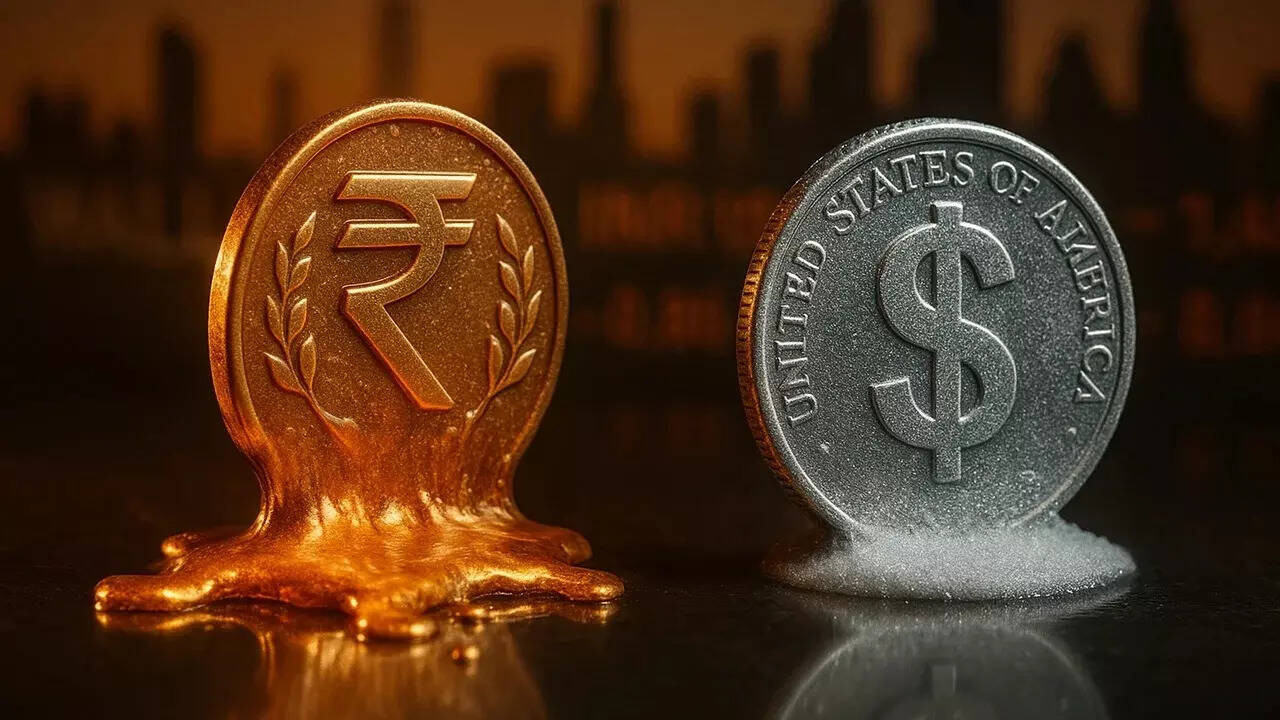The NSE has secured Sebi’s approval to introduce monthly electricity futures contracts, a move designed to enhance price discovery and risk management in India’s power sector. This initiative aims to provide market participants with hedging tools against electricity price volatility. NSE plans to gradually introduce CFDs and longer-duration contracts, fostering a more robust electricity derivatives ecosystem.
Shocker in the Power Grid? NSE Gets Green Light to Trade Electricity Futures – Here’s Why You Should Care
Alright, folks, let’s talk about electricity. Yeah, I know, sounds about as exciting as watching paint dry. But stick with me, because what’s happening behind the scenes in India’s power markets is actually kind of… groundbreaking.
You know how you pay your electricity bill every month (or groan when it arrives, I know I do)? Well, imagine the complex web of decisions and transactions that have to happen before that kilowatt-hour lights up your living room. We’re talking generation, transmission, distribution – a whole intricate dance of energy. And now, that dance is getting a new partner on the floor: electricity futures.
The National Stock Exchange (NSE), one of India’s leading bourses, just got the go-ahead from SEBI (the Securities and Exchange Board of India, our market watchdog) to launch electricity futures trading. In simpler terms, that means traders will soon be able to buy and sell contracts based on the future price of electricity.
Now, why should you care about something that sounds so abstract and… Wall Street-y? Because this could potentially impact your energy bill, and the overall stability of our power supply.
Think of it like this: airlines hedge their fuel costs by buying futures contracts for jet fuel. They’re essentially locking in a price today for fuel they’ll need months down the line. This protects them from sudden spikes in fuel costs and allows them to plan their operations more effectively.
Electricity futures do something similar for power generators, distributors, and even large industrial consumers. They offer a mechanism to manage price risk and hedge against potential volatility in the electricity market. Let’s say a power generator anticipates a spike in coal prices next quarter. By purchasing electricity futures contracts, they can lock in a certain price for their electricity, mitigating the impact of those rising coal costs on their bottom line.
This creates a more stable and predictable market environment. And that stability is good for everyone.
What’s particularly interesting about this move is that the NSE is looking at introducing “long tenor derivatives.” In plain English, this means contracts that extend for longer periods. Why is that important? Because it allows for more comprehensive and long-term hedging strategies. Businesses that require a consistent and reliable power supply can now better plan their energy procurement over the long haul, reducing uncertainty and making investment decisions with more confidence.
But here’s the real kicker: this move could be a game-changer for India’s burgeoning renewable energy sector. Solar and wind power are fantastic, but their production is inherently variable, dependent on factors like sunlight and wind speed. This variability can make it difficult for renewable energy generators to predict their revenue streams. Electricity futures can help them manage this risk by providing a mechanism to lock in prices for their future electricity generation, regardless of the weather. This, in turn, could encourage more investment in renewable energy projects, pushing us closer to our clean energy goals.
Of course, there are potential challenges to consider. Like any new financial instrument, electricity futures trading requires careful regulation and oversight to prevent manipulation and ensure market integrity. We also need to ensure that smaller players in the power market, like independent power producers, have access to these tools and aren’t disadvantaged by larger, more sophisticated market participants. Training and education will be key in ensuring a level playing field.
Furthermore, the success of electricity futures trading depends on adequate liquidity – a sufficient volume of buyers and sellers actively participating in the market. If the market is too thin, it can be difficult to execute trades at fair prices, and the hedging benefits become diluted. It’ll be crucial for the NSE and SEBI to attract a wide range of participants to ensure the market functions effectively.
However, the potential benefits of electricity futures trading are undeniable. A more stable and predictable power market can lead to lower electricity prices for consumers, increased investment in renewable energy, and a more reliable power supply for businesses. It’s a complex development, no doubt, but one with the potential to reshape India’s energy landscape for the better. It’s a definite step towards a more mature and sophisticated power market.
So, next time you flip on the light switch, remember that there’s a lot more going on behind the scenes than you might think. And this latest move in the power markets could be bringing us closer to a brighter (and hopefully cheaper) future. Let’s hope it lives up to its potential. I’ll be watching closely. Will you?
📬 Stay informed — follow us for more insightful updates!







